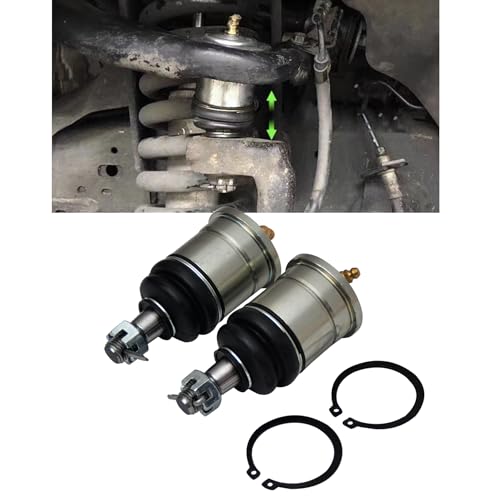Pickle445
Member
I’ve just ordered a blank egr gasket for my 2012 yd25. Will I get an engine light after doing it?

It has been reported that some models have a flow sensor.
There is no sensor in my model to trip a code.
I used a hand cut piece of stainless steel, planted a couple of trees instead.I’ve just ordered a blank egr gasket for my 2012 yd25. Will I get an engine light after doing it?




As I understand it the EGR only opens at low power settings anyway, so it's more of a compliance device than an actual emission-reduction thing.
Happy to be told otherwise though...
My EGR system is fully functional but for a blanking plate and a U-shaped hose that cuts off the EGR cooler- it's a Spanish-build 140kW engine, I believe the D22 setup is different.
I was told I might have to drill a small hole in the plate, 3mm or so, to prevent error codes but that isn't case and the EGR pipe remains completely blocked.
None of the magical power/economy improvements have manifested, but there's less smoke when the throttle is wide open and I hope less sludge in the intake ports.
false.the ECM WILL rely on the EGR to properly fuel your engine
that makes no sense. also diesel temps never get hot enough to burn up turbo vanes.This ECM algo relies on the intake and the exhaust temperatures to handle both boost and heat required to get the best out of your engine and not burn up the vanes of the turbo when doing so.
it splices into the intake temp sensor which is in the maf and it makes it look like its super cold, so the ecu turns off the egr.The 2015 YD25 EGR blocking kits come with a resistor that your need to add in series to the MAF sensor (spliced into the intake temp wire) to provide a bias voltage to trick the ECM into thinking the temp is greater than it actually is (as the temp gets higher, the resistance decreases).
all d40's/yd25 have cats, early ones i think are on the back of the turbo.On my 2005 ECM no need for that resistor because it has no cat,
Enter your email address to join: